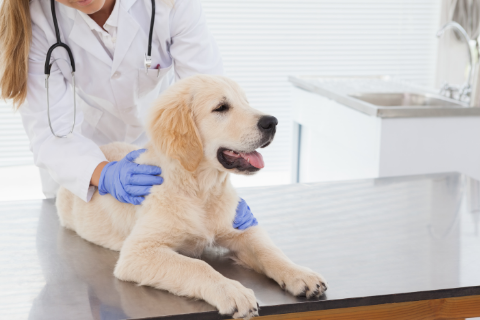Not every dog is eager for a vet visit. Still, it's important for health and prevention. The tips below will help you make the visit predictable and as stress-free as possible.
1. Start settling in on time
Take your puppy or new dog early for short, positive introductions with practice. A quick sniff, weigh, a feed - that's how you build trust.
2. Stay calm yourself
Dogs mirror your emotions. Breathe calmly, speak softly and offer support. Avoid rushing; plan well in advance so you remain calm.
3. Use a trusted carrier or crate
Put the basket open at home with blanket and favorite toy, even outside of vet visits. This way, no negative association is created.

4. Put your dog at ease in the waiting room
Keep plenty of distance from other animals, provide distractions with treats and keep the leash short. Choose a quiet corner and pay attention to relaxed body language.
5. Be efficient and well prepared
Record symptoms, medications and questions in advance. Take dog passport and relevant documents with you. Clarity shortens time and reduces stress for both of you.

6. Practice actions at home
Mimicking helps: gently lift your dog, check teeth, ears and paws, and reward calm behavior. Short, positive sessions make the real examination less exciting.
Do you have little time during the day or want to give your dog extra exercise in between for more relaxation? Book a dog sitter in your area who follows set routines and calmly guides your dog.









